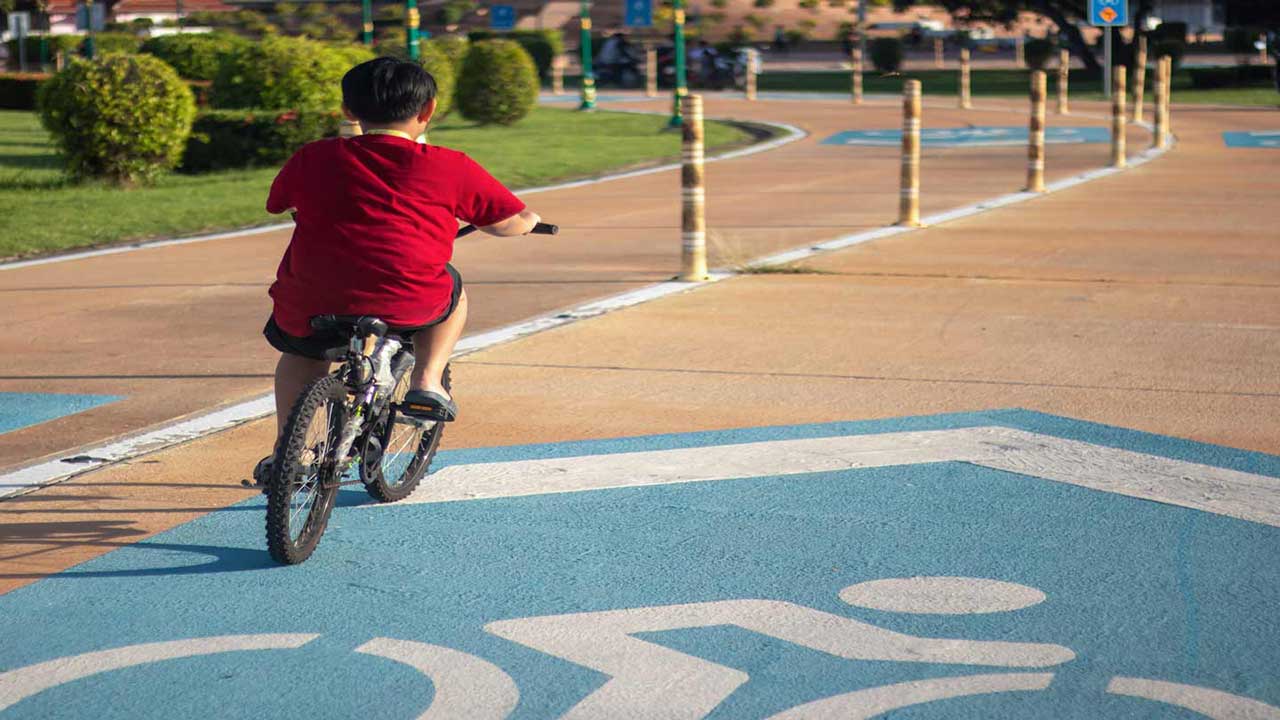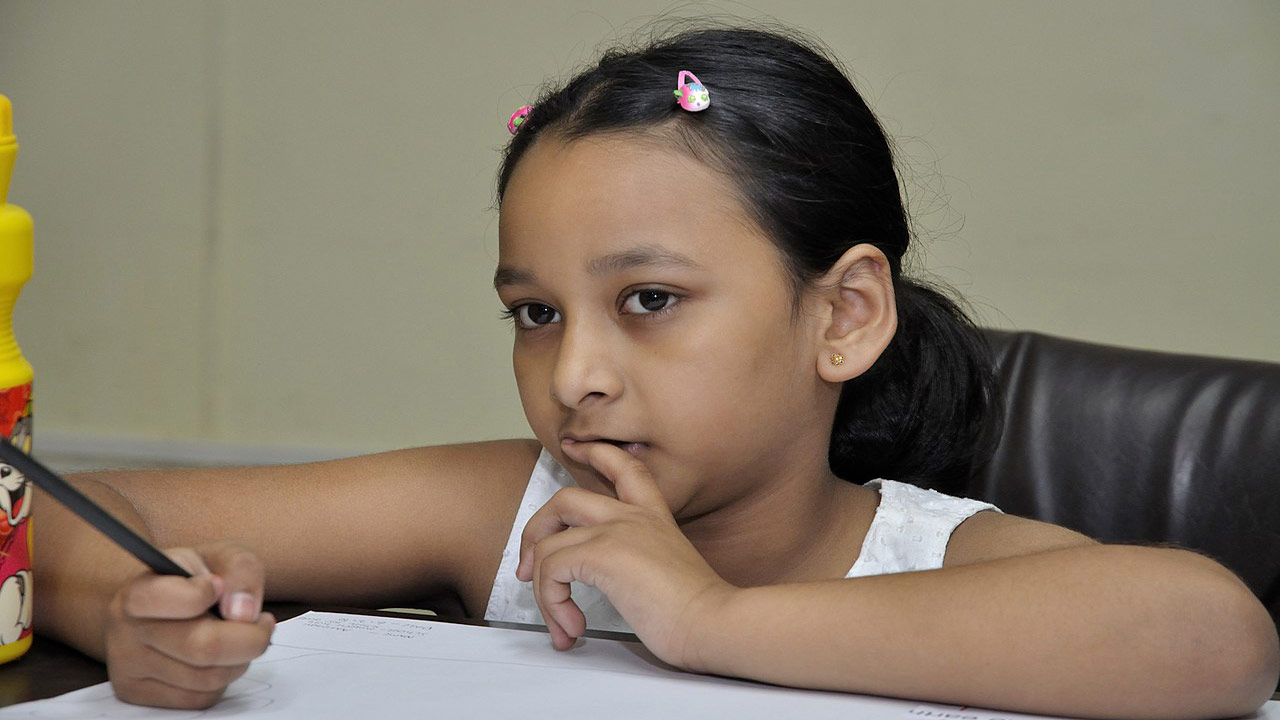There are many items and issues to consider before the first day of the new school year. Whether your child is starting kindergarten or has been in school for a few years, there are worries, nerves, and apprehensions for kiddos and adults alike.
As a fellow parent, I’ve navigated many issues by proactively preparing my son for what’s to come. I’ve found that being proactive is key to managing the concerns that come with the back-to-school season. Over the years, these lessons have evolved in nature, but the core concepts have remained the same, just becoming more detailed.
For the sake of this helpful tip guide, I will focus on elementary-aged children and how to properly prepare your kids for the first day of school.

Make the First Day of School Easier
- Visit the School: Take your child to visit the school or classroom before the first day. Attend any available orientations and tour the building together. A few days before class, consider taking your child to play on the playground to help them feel comfortable.
- Rehearse New Situations: Many children get nervous about new experiences, like changing schools, classrooms, or teachers. To ease their anxiety, they should practice what it will be like to enter the new environment.
- Reassure Your Child: Remind your child that teachers understand students may feel nervous on the first day and will make an extra effort to ensure everyone feels comfortable. If your child seems anxious, ask what they’re worried about and help them brainstorm ways to handle the new situation.
- Highlight the Positives: To help your child look forward to the first day, point out the fun aspects of starting school, like seeing old friends and making new ones.
- Arrange a Buddy System: Find another child in the neighborhood with whom your child can walk or ride the bus. If needed, drive or walk with your child to school and pick them up on the first day. Arrive early to minimize unnecessary stress.
Develop a Healthy Sleep Routine
- Adjust Bedtimes Early: Help your child ease into new routines by adjusting to earlier bedtimes a week or two before school starts. Set a consistent bedtime and stick to it every night.
- Prioritize Sleep: Ensure your child gets enough sleep to stay healthy and succeed in school. Lack of sleep is linked to lower academic achievement, higher absenteeism, and tardiness.
- Establish a Bedtime Routine: Create a consistent bedtime routine to help your child settle down and fall asleep. This routine could include bathing or showering, reading together, tucking the child in, and saying goodnight.
- Limit Electronics Before Bed: Encourage your child to turn off electronic devices well before bedtime. Keep the home quiet and calm, especially when younger children are trying to fall asleep.
Plan for Safe Travel To and From School

Remember to review the basic rules and procedures with your student and practice any new routes and modes of transportation.
Taking the School Bus
- Wait for the Bus to Stop: Remind your child to wait until the bus has completely stopped before approaching it from the curb. Kids should board and exit the bus at locations that offer safe access to the school building.
- Walk Where the Driver Can See You: Ensure your child walks where they can see the bus driver so the driver can see them, too.
- Cross the Street Safely: Teach your child to look both ways before crossing the street, even if traffic should be stopped. Practice crossing the street together several times before the first day of school.
- Use Seat Belts: If the school bus has lap/shoulder seat belts, ensure your child always uses one. Remind your child to stay seated while the bus is moving.
- Check Food Policies: Confirm the school’s policy on eating food on the bus, as it can pose risks for students with allergies and lead to pest problems on the bus.
- Prepare for Emergencies: If your child has a chronic condition that could result in an emergency on the bus, work with the school nurse or health personnel to create a bus emergency plan before school starts.
Safe Driving and Carpooling
- Ensure all passengers wear a seat belt or use an appropriate car seat or booster seat.
- Keep your child in a harness car seat as long as possible, then transition to a booster seat when they outgrow the harness.
- Use a belt-positioning booster seat until the vehicle’s seat belt fits properly, typically when the child is about 4’9″ and between 8 and 12 years old.
- Children under 13 should always ride in the rear seat. Move the front seat back and use a booster to ensure proper seat belt fit.
- For teens, emphasize seat belt use, limit passengers, and avoid distractions like eating, drinking, or using a phone while driving.
Biking to School
- Practice the bike route to school with your child before the first day to ensure they can handle it confidently.
- Always wear a bicycle helmet, regardless of the distance.
- Ride on the right side, following the same direction as traffic, and use bike lanes when available. Don’t forget to use proper hand signals.
- Teach kids the “rules of the road,” including obeying traffic lights and stop signs.
- Wear bright-colored clothing to stay visible. White or light-colored clothing and reflective gear are crucial, especially after dark.
Walking to School
- Ensure your child’s route to school has safe paths with adult crossing guards at every intersection.
- If your child must cross a street on the way to school, practice safe street crossing with them beforehand.
- Assess your child’s pedestrian skills realistically; young children are impulsive and less cautious around traffic. Typically, kids are ready to walk to school independently between 9 and 11.
- In high-traffic areas, consider organizing a “walking school bus,” where an adult walks to school with a group of neighborhood kids.
- Dress your child in bright-colored clothing or use visibility devices like reflective vests or armbands to make them more visible to drivers.
Provide Healthy Food Choices

Providing healthy food choices for your child during the school day ensures they receive the essential nutrients needed for optimal concentration and energy. Additionally, a balanced diet supports overall well-being, helping to maintain healthy growth and prevent chronic health issues.
- Ensure your child eats a nutritious breakfast to improve school performance, concentration, and energy levels. If your school doesn’t provide breakfast, offer a protein-rich meal at home or send a grab-and-go snack like a whole grain cereal bar.
- Check if your child qualifies for free or reduced-price meals at school, including breakfast. Forms for these services are available at the school office. Hunger can negatively impact a child’s performance in class.
- Many schools offer online meal payment systems with a card your child can swipe at the register. This convenient option helps manage school meal accounts.
- Explore what foods are available at school, including cafeteria options, vending machines, and snack carts. Encourage stocking healthy choices like fresh fruit, low-fat dairy, and water. Get involved in school groups to support healthy wellness policies.
- If your child brings lunch from home, choose healthier beverages like water or low-sugar juices.
Prevent Bullying at School

Bullying or cyberbullying occurs when one child repeatedly targets another using physical, verbal, or social aggression. It can occur at school, on the playground, on the school bus, in the neighborhood, or through devices like cell phones.
What To Do If Your Child Is Bullied
- Alert school officials about the bullying and collaborate with them to find solutions.
- Teach your child how to confidently ask a trusted adult for help, and encourage them to identify who those trusted adults are.
- Take bullying seriously and validate your child’s feelings about the situation.
- Help your child develop responses by teaching them to:
- Look the bully in the eye.
- Stand tall and stay calm in tough situations.
- Walk away if needed.
- Respond firmly with phrases like, “I don’t like what you’re doing,” or “Please don’t talk to me like that.”
- Encourage your child to build friendships with other kids and engage in activities that interest them.
- Ensure a trusted adult knows the situation and can watch out for your child’s safety when you aren’t there.
- Monitor your child’s social media and texting interactions to catch any issues early.
When Your Child Is the Bully
- Make sure your child understands that bullying is unacceptable.
- Set clear and consistent limits on aggressive behavior.
- Teach empathy by asking your child to consider how their actions affect others. Encourage them to think about how they would feel if they were bullied.
- Model positive behavior by showing you can achieve your goals without teasing, threatening, or harming others.
- Use non-physical discipline methods, such as removing privileges.
- Focus on praising positive behavior, like helping others or being kind.
- Work with the school principal, teachers, social workers, psychologists, and other parents to develop practical solutions for addressing and preventing bullying.
Support Good Homework and Study Habits

Teaching and maintaining good homework and study habits in kindergarten will prepare your child for academic success. A solid foundation started in elementary school will be carried throughout the early years and higher education.
- Some children need extra support with organizing their homework. Checklists, timers, and parental supervision can help manage homework challenges.
- Create a dedicated, distraction-free workspace for homework from an early age. Ensure it’s quiet and conducive to studying.
- Schedule sufficient time for homework, and consider this when planning after-school activities.
- Implement a household rule that keeps the TV and other electronic distractions off during homework. Supervise computer and internet use.
- To reduce eye, neck, and brain fatigue, encourage regular breaks, stretching, and closing books for a few minutes as needed.
- If your child struggles with a specific subject, consult their teacher for advice on supporting them at home or school. Discuss any concerns about assignments with the teacher.
- If you think your child might benefit from special education services, request an Individualized Education Program (IEP) evaluation from the school. Your pediatrician can assist with drafting this request.




